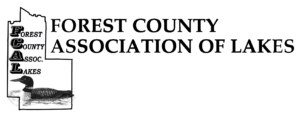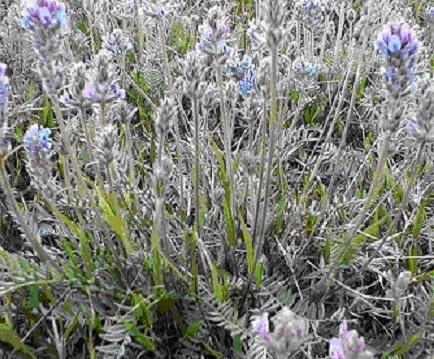Frequently asked questions about lakes are answered on this page.
Water Levels and Drought
- Does drought make blue-green algae worse?
- Does the drought make Cladophora worse?
- Why are water levels on my lake lower?
- What causes water levels to go up and down?
- Are low water levels bad for lakes?
- The short answer is no. In fact, periodic low water conditions can be beneficial for lake ecosystems. It consolidates sediments, allows new plants to colonize the lake bed and it provides habitat for rare plants and shorebirds. In fact, one of our rarest shoreline plants, Fassett’s Locoweed, is dependent upon periodic fluctuations of water levels to grow. This plant is only found in a handful of lakes on the planet (all in Wisconsin) and all of these lakes are subject to wide fluctuation in water levels. When water levels return, this expansion of plants becomes habitat for fish and wildlife, removes nutrients from water, and can increase water clarity. However, human actions that cause water levels to drop farther than this natural variation, or prevent the lake from returning to normal conditions, may harm the lake and its inhabitants over the long-term.
- Is it OK to “clean up” my beach or remove vegetation on the exposed lake bed during low water periods?
In general, it is best to avoid disturbing the exposed lake bed. Shorelines and shallow areas of lakes play a vital role in providing habitat for fish and wildlife and for protecting water quality. A diverse native plant community provides the best habitat and defends against invasive species getting established. Until water levels return to normal, it is important for shoreline owners to avoid inadvertently harming exposed lakeshore areas.
There are some activities which may be necessary to maintain access, control invasive species, and reduce nuisance accumulations of biological material. Learning more about beach maintenance may help you do these activities in a way that minimizes harm to exposed lakeshore areas.
Most activities conducted on the exposed lake bed including beach grooming and cutting or chemically treating plants are regulated by the DNR, but there are a few activities that don’t require a permit. For example, some minor vegetation management (except for wild rice) and other activities done by hand do not require permits from the DNR. Please be careful to avoid cutting any legally protected threatened or endangered plant species, which are located on the lakebed, which is public property.
The following activities require a permit: cutting an area larger than 30 feet wide, driving a motor vehicle on the lakebed, tilling, and chemically treating vegetation if the area is wet. The permits are designed to assure that the activity does not damage the lake or the sensitive exposed habitat. Learn more about permits.
- Can anything be done to restore water levels (or remove excess water)?
On lakes with connecting streams or dams or other water level control structures, modifications may be considered to temporarily raise or lower the water level due to extreme conditions. However, permanent changes in water levels have huge implications for downstream property owners and users and are often very controversial. Establishing or changing levels on a lake with a water control structure will require DNR approval.
Lakes without natural outlets are even more difficult to address. Pumping water into a seepage lake can be expensive and results in very little change in the water level, as most of the water is basically recycled back to the local groundwater system.
What about high water levels?
High water levels can boost the amount of nutrients from runoff and flooded lakeshore soils, as well as create health problems with flooded septic systems and private wells. Fluctuating water levels can also increase shoreline erosion.
Getting rid of excess water is complex and may not be feasible, especially if the surrounding landscape and waterways are also flooded, or at high levels. Generally, permits are required to pump or divert water either from the lake itself or from the outlet stream if the purpose is for bringing back or maintaining the normal level of your lake. Contact your local water management specialist for more information.
Changing levels on a lake with a water control structure (e.g., a dam) will require DNR approval.


